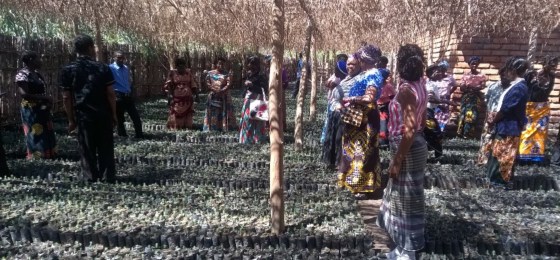
400,000 trees for Christmas
At a time when conifer trees are decorated as part of Christmas celebrations around the globe, the Global Trees Campaign is busy planting 400,000 seedlings to save one of the most threatened conifer species in the world from extinction.
Mulanje Cedar (Widdringtonia whytei) is endemic to Mulanje Mountain in Malawi. In 2016, the Global Trees Campaign embarked on a project to save this species, which is on the brink of extinction in its natural habitat. Working in collaboration with Mulanje Mountain Conservation Trust (MMCT) and the Forestry Research Institute of Malawi (FRIM), this project, funded by the UK government’s Darwin Initiative, will restore populations of Mulanje Cedar on Mulanje Mountain.
Ten community nurseries have been established around the base of the mountain. Each nursery has raised thousands of seedlings, which are now ready to be carried up the steep slopes of Mulanje Mountain for planting.
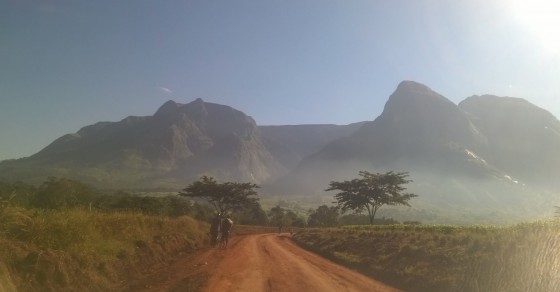
Mulanje Mountain, Malawi
But what led to the decline of this species? Mulanje Mountain is sought-after for its valuable timber. Worth around 4000 USD per cubic metre due to its durability, strength and resistance to termites, populations have been decimated as a result of illegal harvesting.
Healthy Mulanje Cedar clusters used to adorn the base of mountain peaks. Sustainable harvesting and replanting programmes were historically led by the Forest Service of Malawi, but in recent years, illegal harvesting has accelerated and resulted in all logging of Mulanje Cedar from Mulanje Mountain being banned.
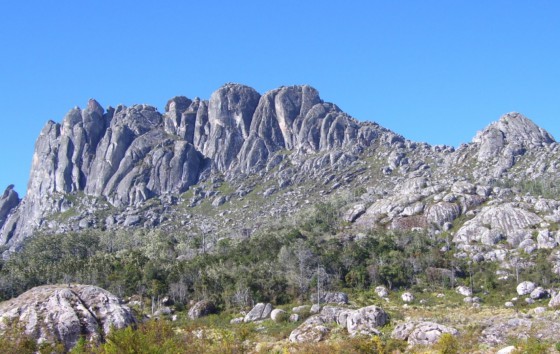
Historic healthy cluster of Mulanje Cedar (Credit: Jeffrey Juwawo)
In January of this year, the project team carried out a survey on top of Mulanje Mountain to assess the scale of destruction. Over a two week survey period only seven mature individuals were seen standing, and a small number were expected to remain in inaccessible clusters. Despite enforcement efforts, including from the national army, illegal logging has continued, stripping the last remaining mature trees from the mountain.
This species is now deemed to be Extinct in the Wild. Although seedlings were observed in some areas, the majority have been lost due to fires intentionally started in the clusters following logging.
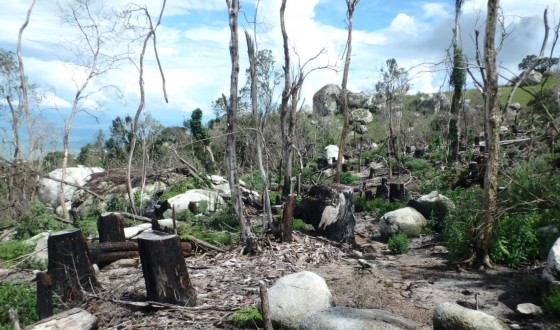
Felled Mulanje Cedar trees at Sombani research cluster
Despite the distressing status of Mulanje Cedar, efforts are in place to improve the situation. Ten nurseries have been set up around the base of Mulanje Mountain and 150 people have been trained and supported to build nurseries and grow seedlings. 20kg of seed harvested from forestry plots of Mulanje Cedar elsewhere in Malawi, was provided to nursery groups at the start of the 2017 growing season. The best sites for planting on Mulanje Mountain have been identified by an expert working group. Pits are being dug to plant the seedlings and baskets have been woven using local materials to transport seedlings up the mountain.
And what is the result of all this hard work? Over the current planting season, which runs from mid December to mid March, 400,000 Mulanje Cedar seedlings are forecast to be planted on Mulanje Mountain.
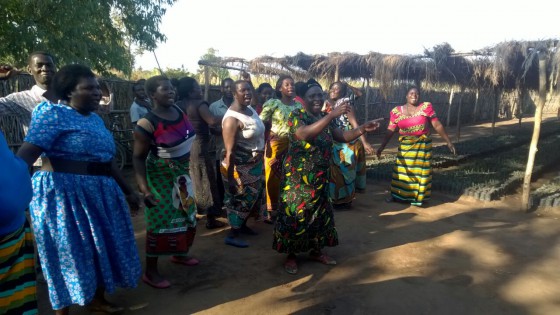
Nhulambe Mulanje Cedar nursery group
But the hard work doesn’t stop there. The Mulanje Cedar Management Plan calls for planting to continue at this scale for the next five years. 2018 will see a second round of seeds delivered to nurseries and more people engaged in growing and planting efforts. To improve survival and growth rates for future planting years, monitoring has taken place in each nursery. Trials have also been undertaken by Bedgebury National Pinetum in the UK and further training will be given to community nursery groups.
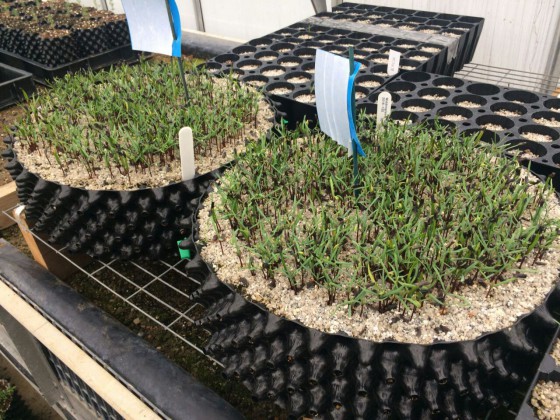
Mulanje Cedar seedlings growing at Bedgebury Pinetum
Alongside propagation and planting, a public outreach programme is highlighting the status of Mulanje Cedar, the risks of losing this species including revenue loss from tourism, increased flash flooding and soil erosion, all of which affect the communities surrounding the mountain. Public support is being raised to protect the natural and planted seedlings, as well as engage more people in propagation and planting, to scale up restoration efforts across the mountain.
This project is creating a brighter future for Mulanje Cedar in its natural habitat and for communities surrounding Mulanje Mountain.
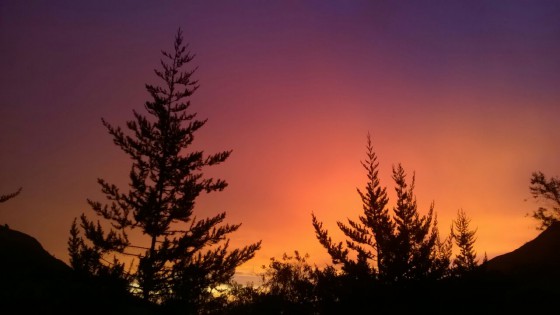
Young Mulanje Cedar trees planted on Mulanje Mountain
Living costs in Malawi are low, but employment opportunities are scarce. 150 nursery workers are earning an income from selling seedlings to the restoration project so far, and have used these funds to help pay for school fees, building renovations and buying animals.
With a donation of just £10 we can employ someone for a week at higher than the average national wage, to help plant seedlings on Mulanje Mountain.
Follow planting progress on Twitter #SaveOurCedar